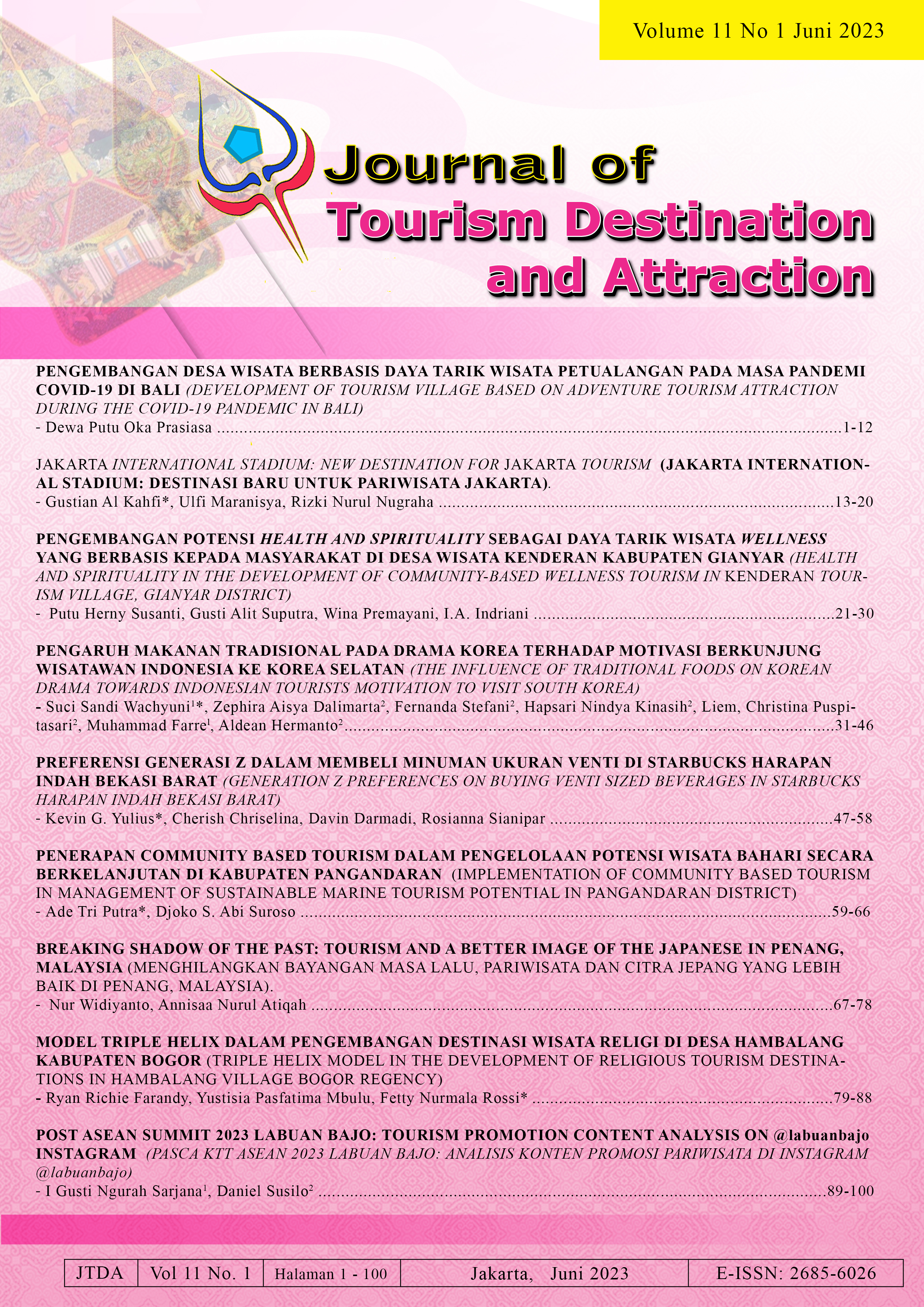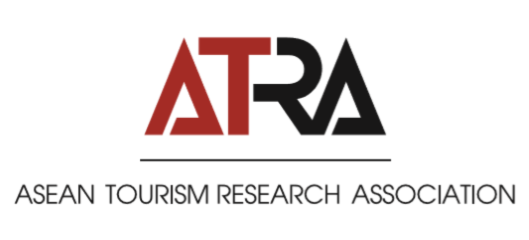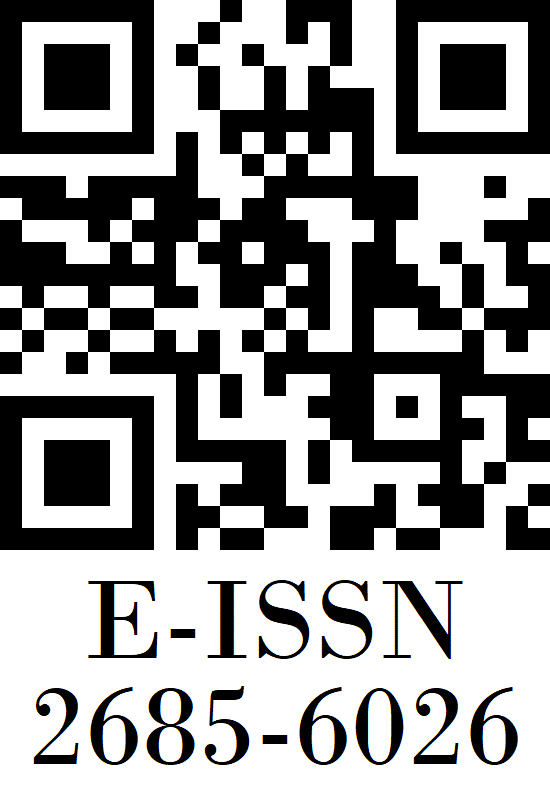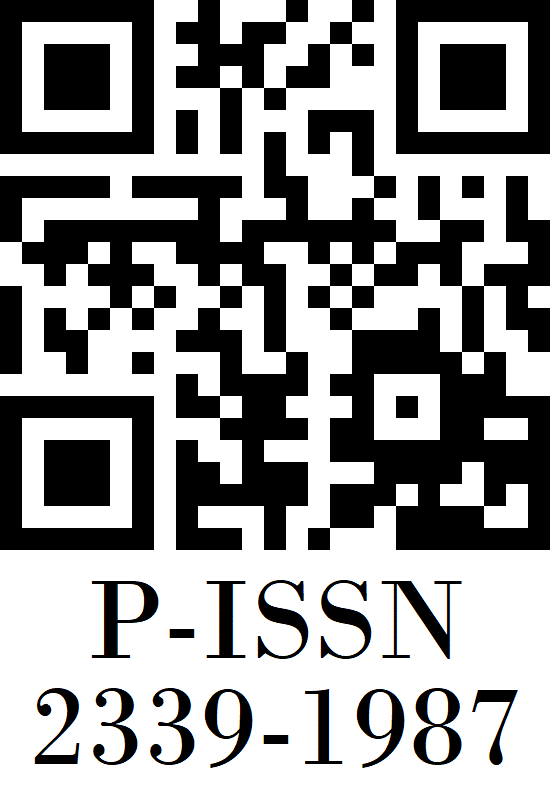PREFERENSI GENERASI Z DALAM MEMBELI MINUMAN UKURAN VENTI DI STARBUCKS HARAPAN INDAH BEKASI BARAT
Abstract views: 439 | pdf (Bahasa Indonesia) downloads: 571
Abstract
Coffee is a famous Indonesia’s export commodity since the Dutch colonial era. The spread of coffee culture throughout the world was divided into waves, first, second and third. The second wave was marked by the existence of large businesses or cafes selling espresso-based drinks and spreading Italian culture, namely Starbucks. Famous for its complex pricing strategy that causing decoy effect on consumers. Consumers are presented with menu choices with asymmetrical prices, the larger the size of the product. This study seeks to analyze the factors that influence the decision to purchase Venti sized drinks, or the largest size at Starbucks Harapan Indah in Generation Z, which is Starbucks' biggest market. The results show that behavioral intention and price fairness have a significant influence on Generation Z's decision to buy Venti-sized drinks. However, price fairness influences it negatively, presumably because Generation Z does not consider price that much when purchasing something and does not yet have spending power. The decoy effect often has negative effects on the younger generation such as obesity and other diseases. Starbucks must pay attention to ethics in selling its products, and the government must supervise the sale of food or beverage products that contain high sugar.
Keywords: Generation Z, Purchase Decision, Venti Sized Beverage
References
Alfaticha, A., Utari, S., Salimah, H., & Ulya, I. (2019). Pengembangan buku pop-up Kuliner Sebagai Upaya Promosi Wisata Kuliner Kota Pekalongan. Jurnal Litbang Kota Pekalongan, 17. https://doi.org/10.54911/litbang.v17i0.105
Boaventura, P. S., Abdalla, C. C., Araujo, C. L., & Arakelian, J. S. (2018). Value co-creation in the specialty coffee value chain: The third-wave coffee movement. Revista De Administração De Empresas, 58(3), 254–266. https://doi.org/10.1590/s0034-759020180306
Brendl, C. M., Atasoy, Ö., & Samson, C. (2022). Preferential attraction effects with visual stimuli: The role of quantitative versus qualitative visual attributes. Psychological Science, 095679762211344. https://doi.org/10.1177/09567976221134476
Chen, Y.-S. (2017). Examining the Decoy and the Phantom Decoy Effects on the Menu Item Choice (dissertation). UNLV Theses, Dissertations, Professional Papers, and Capstones, Las Vegas, Nevada.
Choudhury, M. (2018). States of transition: a study of coffee cultivation in Java in 19th century. International Education and Research Journal (IERJ), 4(3).
Chua, B.-L., Karim, S., Lee, S., & Han, H. (2020). Customer restaurant choice: An empirical analysis of restaurant types and eating-out occasions. International Journal of Environmental Research and Public Health, 17(17), 6276. https://doi.org/10.3390/ijerph17176276
Chung, J. Y., & Petrick, J. F. (2015). Measuring price fairness: Development of a multidimensional scale. Journal of Travel & Tourism Marketing, 32(7), 907–922. https://doi.org/10.1080/10548408.2015.1063894
Cilliers, E. J. (2017). The challenge of teaching generation Z. PEOPLE: International Journal of Social Sciences, 3(1), 188–198. https://doi.org/10.20319/pijss.2017.31.188198
Creswell, J. (2022, August 2). Starbucks Reports Record Revenue, Driven Mostly by Gen Z’s Love of Iced Drinks. The New York Times. Retrieved January 29, 2023, from https://www.nytimes.com/2022/08/02/business/starbucks-quarterly-earnings.html.
Dinçer, F. İ., Gedik, S., & Guzel, S. O. (2016). New Approach In Gastronomy: Third Wave Coffee. The Journal of International Social Research, 9(45), 811–814.
Dolot, A. (2018). The characteristics of generation Z. e-Mentor, (74), 44–50. https://doi.org/10.15219/em74.1351
Egger, S., & Orr, R. A. (2015). The home barista: How to bring out the best in every coffee bean. The Experiment.
Espinosa, A., & Kadić-Maglajlić, S. (2018). The mediating role of health consciousness in the relation between emotional intelligence and health behaviors. Frontiers in Psychology, 9. https://doi.org/10.3389/fpsyg.2018.02161
Falkner, L. (2020). An Exploratory Study of Generational Coffee Preferences (thesis). Honors College Theses, Murray.
Farida, N., & Ardyan, E. (2015). Repeat Purchase Intention of Starbucks Consumers in Indonesia: A Green Brand Approach. Tržište, 27(2), 189–202.
Ferreira, J., Ferreira, C., & Bos, E. (2021). Spaces of consumption, connection, and community: Exploring the role of the coffee shop in Urban lives. Geoforum, 119, 21–29. https://doi.org/10.1016/j.geoforum.2020.12.024
Fida, D., Ismayani, I., & Jakfar, F. (2017). Loyalitas Konsumen terhadap konsumsi Kopi Tubruk di meulaboh. Jurnal Ilmiah Mahasiswa Pertanian, 2(2), 147–155. https://doi.org/10.17969/jimfp.v2i2.3100
Ghozali, I. (2018). Aplikasi Analisis Multivariate Dengan Program IBM SPSS 25 (9th ed.). Badan Penerbit Universitas Diponegoro.
Hair, J. F., Black, W. C., Babin, B. J., & Anderson, R. E. (2019). Multivariate Data Analysis. Cengage Learning, EMEA.
Hartono, Y., & Wijanarti, S. W. (2020). Menikmati Kopi, Memaknai “joss” Studi Eksploratif Terhadap Pengalaman Wisatawan Domestik Didalam Mengonsumsi Kopi joss. Jurnal Master Pariwisata (JUMPA), 302. https://doi.org/10.24843/jumpa.2020.v07.i01.p14
Hashem, T., & Al-Zyoud, M. F. (2020). Influence Of Decoy Marketing On Impulsive Purchasing Behavior Among Adult Customers Of Tech Market In Jordan, Mediating Role Of Brand Equity. Journal of Critical Reviews, 7(15), 3729–3742.
Kotler, P., Bowen, J. T., Makens, J. C., & Baloglu, S. (2017). Marketing for Hospitality and Tourism (7th ed.). Pearson.
Lee, K.-S., & Ruck, K. J. (2022). Barista diary: An autoethnography studying the operational experience of third-wave coffee shop baristas. International Journal of Hospitality Management, 102, 103182. https://doi.org/10.1016/j.ijhm.2022.103182
Liu, J. (2022). The Secret of Starbucks’ Success in the Chinese Coffee Market: Pricing and Marketing Strategies Analysis. Proceedings of the 2022 2nd International Conference on Financial Management and Economic Transition (FMET 2022), 571–577. https://doi.org/https://doi.org/10.2991/978-94-6463-054-1_62
Ma, Y. (2020). A study on brand positioning strategies of Starbucks(China). International Journal of Business and Management Invention (IJBMI), 9(8), 39–43. https://doi.org/10.35629/8028-0908053943
Malc, D., Mumel, D., & Pisnik, A. (2016). Exploring price fairness perceptions and their influence on consumer behavior. Journal of Business Research, 69(9), 3693–3697. https://doi.org/10.1016/j.jbusres.2016.03.031
Manala-O, S. D. (2018). Factors Affecting Customer Loyalty of Generation Z in Fastfood Industry. Journal of Global Business, 7.
Moldvaer, A. (2021). The coffee book: Barista tips, recipes, beans from around the world. DK Publishing.
Morris, J. (2019). Coffee: A global history. Reaktion Books.
Nisa, A., Widhiasti, M. R., & Dewi, E. P. (2022). Indoor to outdoor: Transformation of coffee shops in Jakarta. International Journal of Built Environment and Scientific Research, 6(1), 17. https://doi.org/10.24853/ijbesr.6.1.17-32
Nurhasanah, S., & Dewi, C. (2020). Defining the role of multinational corporations: Starbucks and coffee culture in Indonesia. Jurnal Sentris, 2(2), 63–77. https://doi.org/10.26593/sentris.v2i2.4181.63-77
Oktafarel, K. M., Khouw, M., Augusta, D. N., Arifin, A., Ekomadyo, A. S., & Susanto, V. (2021). Indonesian Coffee Culture and heritage: Demystifying the heritage value of coffee shops inside historical buildings in Jakarta and Bandung. Local Wisdom : Jurnal Ilmiah Kajian Kearifan Lokal, 13(1). https://doi.org/10.26905/lw.v13i1.5088
Ploshchyk, N. (2013). The world coffee sector under conditions of the second wave of the economic recession. Journal of Intercultural Management, 5(3), 91–101. https://doi.org/10.2478/joim-2013-0021
Purnomo, M., Yuliati, Y., Shinta, A., & Riana, F. D. (2021). Developing coffee culture among Indonesia’s middle-class: A case study in a coffee-producing country. Cogent Social Sciences, 7(1). https://doi.org/10.1080/23311886.2021.1949808
Purnomo, M., Yuliati, Y., Shinta, A., & Riana, F. D. (2021). Developing coffee culture among Indonesia’s middle-class: A case study in a coffee-producing country. Cogent Social Sciences, 7(1). https://doi.org/10.1080/23311886.2021.1949808
Rambocas, M., Kirpalani, V. M., & Simms, E. (2018). Brand equity and customer behavioral intentions: A mediated moderated model. International Journal of Bank Marketing, 36(1), 19–40. https://doi.org/10.1108/ijbm-09-2016-0139
Ramgade, A., & Kumar, A. (2021). Changing Trends of Hospitality Industry: Emergence of Millennials and Gen Z as Future Customers and Their Influence on the Hospitality Industry. Vidyabharati International Interdisciplinary Research Journal, 12(2), 110–116.
Ruhulessin, M. F. (2022, August 29). Starbucks Resmi Punya 500 Gerai di Indonesia. KOMPAS.com. Retrieved January 29, 2023, from https://www.kompas.com/properti/read/2022/08/29/143000821/starbucks-resmi-punya-500-gerai-di-indonesia.
Sari, W. P. (2020). Studi Fenomenologi Penyelarasan Makna Dan Pengalaman Penikmat Warung Kopi di Ambon. Jurnal Komunikasi, 12(1), 124. https://doi.org/10.24912/jk.v12i1.7417
Starbucks Indonesia. (2022). Our Heritage. Starbucks Indonesia. Retrieved January 29, 2023, from https://www.starbucks.co.id/about-us/our-heritage
Sugiyono. (2020). Metode Penelitian Kuantitatif, Kualitatif, dan R&D. Alfabeta
Sulaiman, S., & Haron, M. S. (2013). Foodscape and customer’s future behavioral intentions in Casual Dining Restaurant. Journal of Economics, Business and Management, 94–97. https://doi.org/10.7763/joebm.2013.v1.22
van den Enden, G., & Geyskens, K. (2021). Attract the best: The attraction effect as an effective strategy to enhance healthy choices. PLOS ONE, 16(11). https://doi.org/10.1371/journal.pone.0259521























